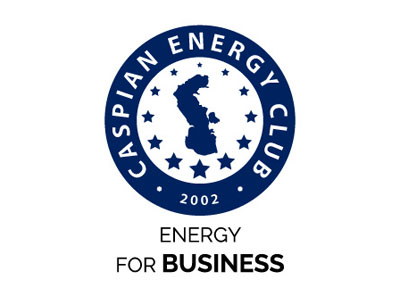The IMF and the European Commission expect EU GDP to expand 0.8% in 2024 and 1.2% in 2025 (down from the 0.9% and 1.5% growth projected in July), as a warm winter and large volumes of gas storage helped mitigate the energy crisis in 2024, and the labor market is holding up, Bloomberg says. Conflicts in energy regions, instability in the global energy market, and high energy prices in the EU have had a negative impact on the GDP of a number of EU countries. Thus, a recession is expected in Germany, Austria, Hungary, Finland, and Estonia.
The latest up-to-date forecast from the German Institute for Economic Research (IFO) on September 26 predicts a 0.1% decline in the country's economy by the end of 2024 with a weak recovery in the form of growth of 0.8% (2025) and 1.3% (2026). According to the estimate of the Hungarian Central Statistical Office, the Hungarian economy fell into recession. The country’s gross domestic product (GDP) decreased by 0.7% in the third quarter of 2024 compared to last year, Euronews reports.
Last week, European benchmark gas prices hit the highest in a year on the news of a production outage in Norway. On Friday (November 1), the Dutch Title Transfer Facility hit 43.68 euros per MWh, which was the highest since December 2023. It seems the future holds more price spikes—because that spike occurred despite full European gas storage caverns ahead of peak demand season.
Bloomberg reported this week that the EU was discussing alternative supplies with Azerbaijan that would replace Russian gas flowing along Ukraine’s pipeline network to Europe—but only partially. “The contract would need to involve a so-called swap agreement between Azerbaijan and Russia because Azerbaijan doesn’t have enough export capacity to replace the existing supplies,” Bloomberg explained.
The State of the Energy Union report, published in September, says the share of Russian gas in EU imports dropped from 45% in 2021 to 18% by June 2024, while imports from trusted partners like Norway and the US have increased. But Europe still needs a lot of gas despite its voluntary demand destruction since 2022. The demand destruction, per the State of the Energy Union Report, stood at 138 billion cu m between August 2022 and May 2024. However, it was of no use to the European economy whose downturn risks are increasing as energy prices rise. TTF prices reflect the demand for natural gas, which is growing as winter approaches, and the deal with Azerbaijan has not yet been finalized, Euronews says.
All these factors “have raised risks that the gas supply outlook for Europe may not be any better in 2025 compared to 2024, but, in fact, could be worse,” HSBC’s head of European oil and gas research, Kim Fustier, told Bloomberg. Unless the EU finds a complete replacement for Russian gas, it could end the winter with gas storage just 30% full and even higher prices. For context, last winter, the EU emerged from heating season with storage full at 58%, which was quite a comfy level that led to comfy prices. To improve the situation, Turkish Botas and Russian Gazprom declared the establishment of the gas trading center in Turkiye in 2025 as part of the international gas hub project. This was said by Minister of Energy of Turkiye Alparslan Bayraktar, Azerbaycan 24 informs with reference to TASS.
"Throughout 2025, we will establish a robust infrastructure that, in partnership with Botas and Gazprom, will manage a trading platform in the Istanbul Financial Centre. We have sent a memorandum of understanding to the involved sides," Bayraktar told Milliyet newspaper.
Blue fuel in Bulgaria has risen in price by 7.89% compared to the previous month. This is the price at which Bulgargaz EAD will sell natural gas to end suppliers and persons licensed to produce and transmit thermal energy.
In its October short term energy outlook (STEO), the U.S. Energy Information Administration (EIA) sees the Henry Hub spot price averaging $3.06 per MMBtu in 2025. The EIA’s October STEO placed the Henry Hub spot price average at $2.81 per MMBtu in the fourth quarter of 2024, $3.16 per MMBtu in the first quarter of 2025, going downwards in the second quarter and rising to $3.35 per MMBtu in the fourth quarter. Gas prices at Henry Hub do not take into account the cost of transportation and trade fees, so they are also quite high for the end user in the United States. So, apparently, a high level of demand for natural gas will remain in the 2024 season - early in 2025, and taking into account the situation with geological exploration, a long-term shortage of this volatile energy carrier can be predicted. This will lead to a cycle of high prices and an unpredictable reaction of macroeconomic indicators in case of increased or new geopolitical risks.





